12 Ways to Go Disposable Free
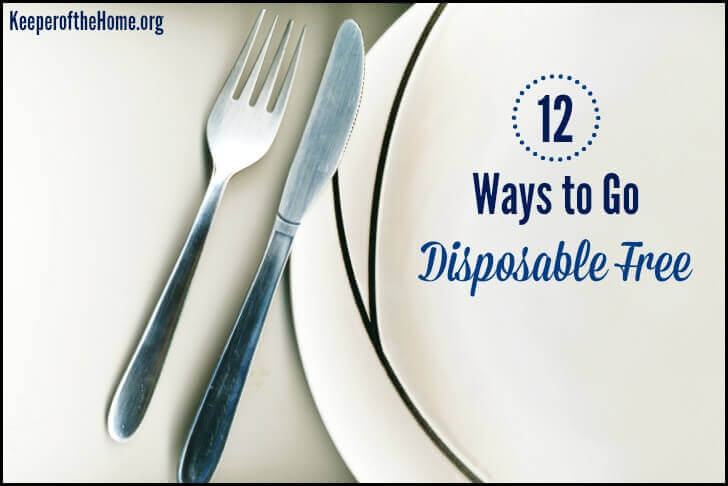
By Erin Odom, Contributing Writer
One of the easiest transitions to living a more natural life is to reduce using disposable products.
Not only does cutting back on using disposable products minimize your exposure to toxins found in plastics and bleached paper, but it is also an eco-friendly way to save you money!
The most important thing in learning to live a healthier life is to take one baby step at a time. These 12 ways to go disposable free can get you started.
Perhaps some families will choose to embrace all 12, but others may want to start with one or two. Our family, for example, will probably never convert to number 7. (Now doesn’t that make you curious enough to scroll down and see what it is?!)
If you do choose to tackle all 12, you may even want to challenge yourself to make one simple switch each month. By the end of the year, you will be disposable free!
Without further ado, check out these 12 ways to go disposable free!
image from pixabay.com
1. Napkins and Paper Towels
As a newlywed, I used some wedding money to purchase a set of cloth napkins. Back then, I considered that we would only bring these out on special occasions–on holidays or when company dined with us.
When we went through a period of living on a low income, I realized that these special napkins could save us money!
In addition, I began using dish towels instead of paper towels for everyday spills and messes.
My family did not give up paper towels all together, though. We keep them on hand, but we always reach for the cloth versions first.
I have one friend who keeps her paper towels under her kitchen counter, so she’s not as tempted to use them every day!
I haven’t tried them yet, but I love these reusable paper towel rolls from The Parsi Company!
2. Cleaning Products
Disposable cleaning products might be convenient, but their cost adds up over time, and most come with toxins that you don’t want in your home!
I enjoy using my Norwex cloths for cleaning. They are woven with antibacterial and antimicrobial silver!
There are other microfiber options, and you can also make your own reusable disinfecting wipes.
If you’re not even sure where to start when it comes to cleaning your home naturally, this post should help–as well as this one on naturally deep cleaning for a germ-free home!
3. Glass Storage Containers
I had been wanting to get rid of my plastic storage containers for a long time, and I finally took the plunge this year!
Over time, and especially when heated, plastic storage containers can leach toxins into food. This is definitely something I want to avoid at all costs!
Even though we rarely use the microwave at home, my husband still warms his lunches in one while at work. I feel so much better knowing that he is warming it in glass instead of in plastic!
4. Snack and Sandwich Bags
For times when we’re on the go and I don’t want to pack our food in glass, our reusable cloth snack and sandwich bags have been such a lifesaver.
I do still use plastic bags on occasion–like when sending snacks with my youngest two children to preschool because they are not quite responsible enough yet to keep up with something they need to bring home.
My six-year-old kindergartener has no problem keeping up with them, and I almost always pack her a waste-free lunch.
5. Feminine Products
I began using reusable feminine products–mainly menstrual pads or “mama cloth”— about four years ago.
I love them!
Cloth menstrual pads come in a huge variety of colors and patterns, and I’ve actually found that they make that time of the month a little more bearable—both in mood and in milder menstrual cramping.
In fact, this past summer I stopped using them for a while and began having very heavy cramping again for the first time since before I had children.
Several years back, Stephanie gave a review of four sources of mama cloth, but if your finances are super tight right now, you can even try you hand at making your own using Stephanie’s homemade mama cloth tutorial.
If pads aren’t your thing, you can try using a menstrual cup
or sea sponge tampons.
Some women claim that reusable feminine products also contribute to shorter periods and lighter flow.
image from pixabay.com
6. Cloth Diapers and Wipes
If you have babies and toddlers at home, making the switch to cloth diapers and wipes is a great way to cut down on disposables.
Using cloth diapers and wipes have saved us thousands of dollars over the years, but I give myself grace and will now use disposables during stressful life seasons or during travel.
When I first discovered cloth diapers, I became quite the addict—so much so that I began working for an online cloth diaper store and then wrote an entire cloth diaper handbook with my compilation of research, troubleshooting and in-the-trenches experience.
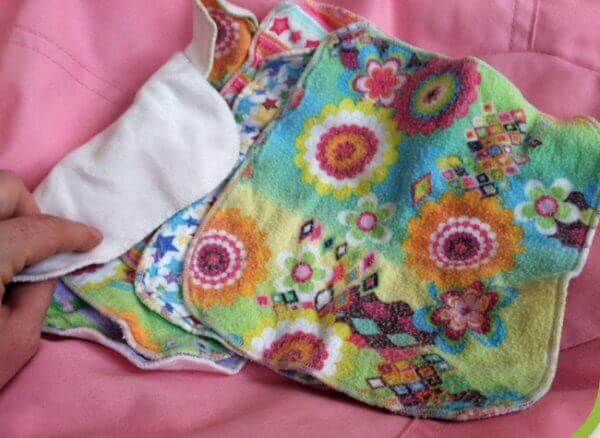
Here are some great resources from the Keeper of the Home archives:
- Dispelling the Cloth Diapering Myths
- How to Swish a Cloth Diaper in the Toilet
- Cloth Diapering is Easier Than You Think
- Solutions to irRASHional Problems with Cloth Diapers
- Healing Rashes While Cloth Diapering
- Keeper of the Home’s Pocket Diaper Review
- Reducing Waste By Using Cloth Diapers
- Homemade One-Size Cloth Diaper Pattern & Wipes Recipe
- Cloth Diapering a Newborn
- Cloth Diaper Liners: No More Overnight Rashes
image from pixabay.com
7. Family Cloth
So this is one area of disposable-free living that my family will never try.
Still, there are some families who tout the benefits of using family cloth, a.k.a. reusable toilet paper.
Megan at Sorta Crunchy makes an excellent case for why a family might want to consider cloth toilet paper, and Beth at Red and Honey gives a great guide to getting started with family cloth.
If washing soiled toilet paper gives you the heebie-jeebies, you can always try using a bidet. These are extremely popular in Europe and parts of Latin America, the Middle East and Japan.
Both of my siblings married Argentines who were accustomed to in-home bidets. In fact, to make my brother-in-law more comfortable, my parents had a bidet installed in one of their bathrooms!
Dr. Mercola uses a bidet and has a good theory as to why most North Americans don’t use them.
image from Strawsome.com
8. Utensils & Straws
Most people use silverware in their homes, but many of us probably send disposables with our children to school and use throw-aways for picnics and other family outings.
Instead of plastic, our family has begun using sets of reusable bamboo utensils. These are cheaper than our good flatwear, so I feel good sending it to school with my kindergartener.
In addition, we use a mix of stainless steel and glass drinking straws.
image from pixabay.com
9. Toiletries
With disposable razors and shaving creams, lotions and soaps that come in plastic containers, we end up accumulating so much waste!
Instead, why not try an electric shaver or at least try the semi-disposable razors that allow you to change out blades?
In addition, you can use a natural soap for shaving instead of creams and gels that come in cans.
My husband likes using this shave soap from MadeOn Hard Lotion, and I use plain soap to shave my legs. Using lotion bars instead of liquid lotion that comes in a container also eliminates the need for disposables, as you can reuse the lotion tins.
We also enjoy using our homemade foaming hand soap that we store in a mason jar soap dispenser.
image from pixabay.com
10. Dishes and Cups
While most of us do not use disposable dishes and cups in our home, we can have the tendency to use paper and plastic while out.
Instead of buying and throwing away plastic bottles of water, why not use stainless steel or glass alternatives?
image from pixabay.com
11. Handkerchiefs
My family still uses tissues for wiping noses, but Stacy of Stacy Makes Cents makes a great case for using handkerchiefs.
Our grandparents’ generation used handkerchiefs on a regular basis. Imagine how much money we would save by going back to handkerchiefs during cold and flu season!
12. Wool Dryer Balls
I discovered wool dryer balls about four or five years ago, and I’ve never gone back to using dryer sheets!
Not only do wool dryer balls reduce static, but they also speed up drying time.
Conventional dryer sheets contain all kinds of toxins, but if dryer are sheets are something you absolutely cannot part with, you can try your hand at this DIY reusable dryer sheet tutorial!
This is just one way to detox your laundry routine and eliminate disposables in the process!
Bonus: Grocery Bags
If these 12 ways to go disposable free aren’t enough, perhaps the simplest change can start with using reusable grocery bags.
Because I have to supply my own bags at my favorite supermarket—Aldi—I have gotten into the habit of carrying reusables in the back of my car.
Some grocery stores even shave a tiny bit off of each purchase when customers supply their own bags. And every little bit counts!
Go disposable-free one step at a time.
I have a tendency to be an all-or-nothing person, but over my 7+-year journey to a healthier lifestyle, I’ve learned that doing that is setting myself up for failure.
Nine times out of ten, our family will reach for a reusable above a disposable, but in recent years I have given myself permission to still use disposables during stressful life seasons. And I think that is OK.
What are your ideas for going disposable free? How many of these 12 ways to go disposable free do you practice in your home?
Disclosure: This post contains affiliate links. When you buy through our links, we earn a small commission, which helps to keep this site going so that we can continue to offer free and useful content, so thanks!

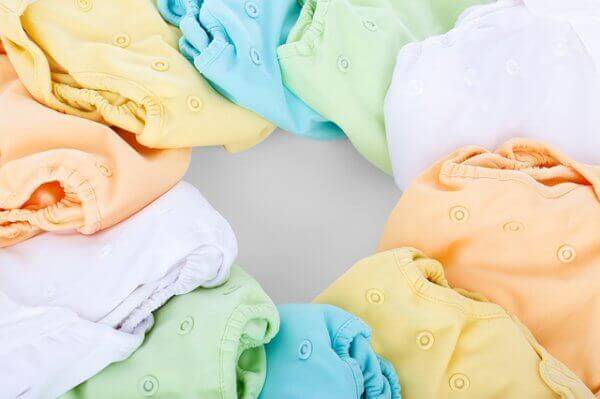

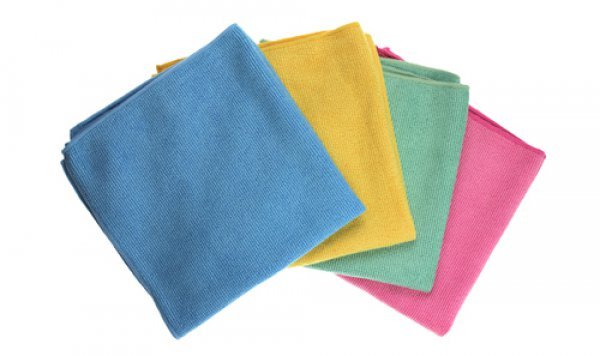

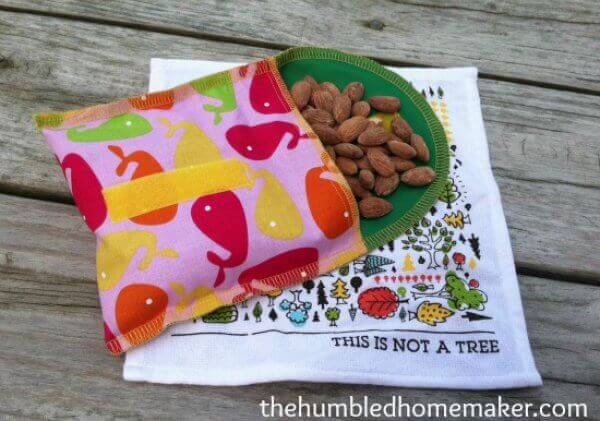
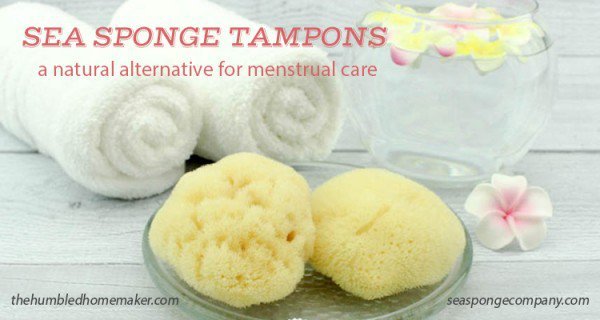


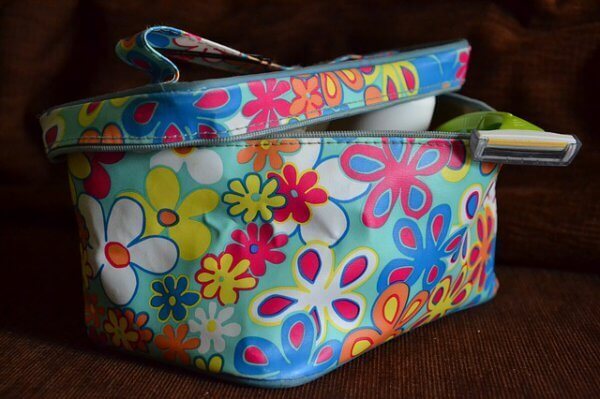

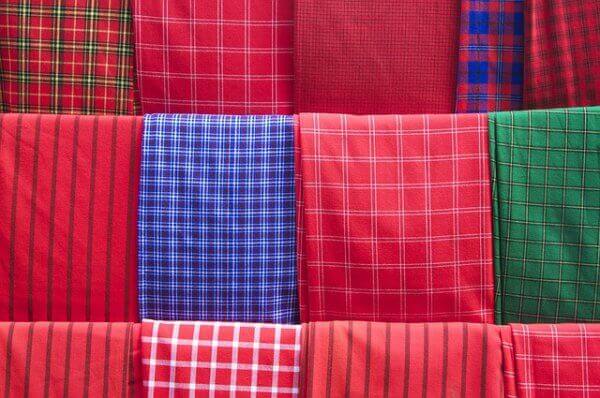
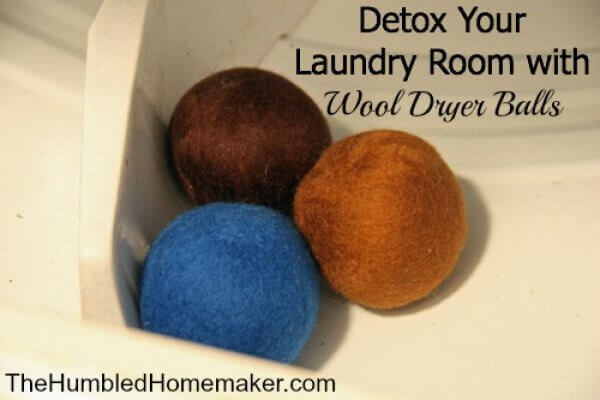
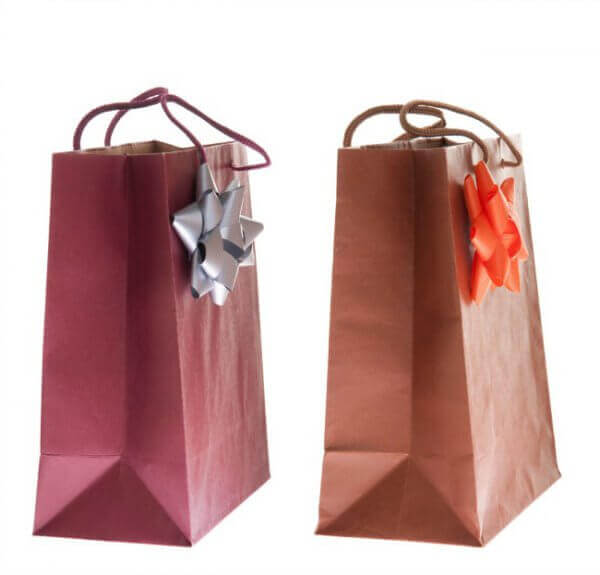

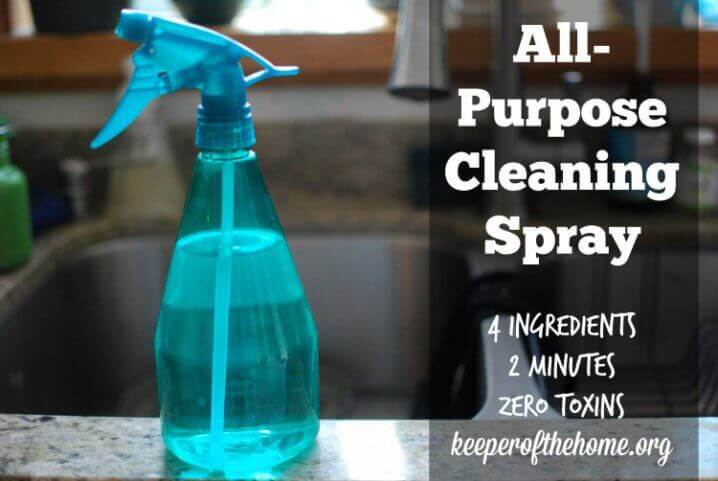
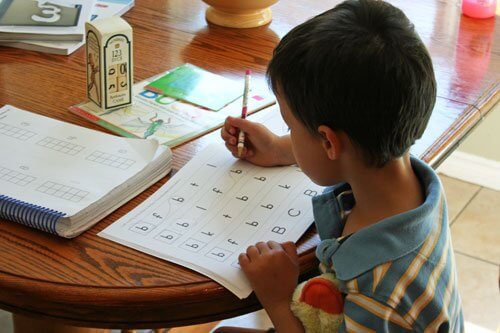
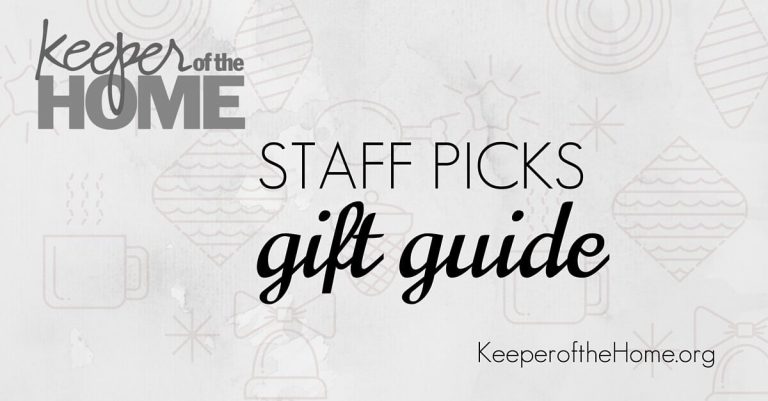
Great Article Erin. We will definitely be sharing this on social media. I think the biggest switch I have made is in personal care, glass/reusable storage, and paper towels! I can’t believe how few paper towels my family uses, it is actually the guests in our home that grab them more than us. I keep a big bath of washcloths under the sink for messes. Of course, I am a 100% cloth diaper mama….but thank God I am no longer in that stage of life!
Thanks, Sarah!
Great list, Erin! I think we do most of these. Family cloth is also one that will never happen here. 😉 I still use more plastic bags that I’d prefer (though probably way less than the average family), but reuse them as much as I reasonably can. The fabric ones pictured are so cute, though!
One of my favorite things about using less disposable products is how little we pay for our trash service now. We compost as well, so the little we throw away means that we spend about $4 a month on trash service instead of $20-$25. That’s a nice chunk of change over the year!
That is so awesome about saving on the trash service, Kristen!! I wish we had that here!
Thanks, Sarah!
Our house uses all of these ways except cloth diapers- we don’t have children yet, but we will use cloth when we do!- and family cloth. Not sure about that one! =P
We have done family cloth. It’s not bad. I store the used in a wet bag separate from diapers.
My family gave up plastic trash bags and I have found some hidden (eco friendly) bonuses to this one switch!
While I wish my family was into using reusable shopping bags 100% of the time, we still end up with a small array of plastic and paper bags from various places and situations where we don’t have/ don’t have enough tote bags with us. A few years back when I ran out of trash bags on evening, I grabbed a paper bag and figured it would do the job for 24 hrs. That day I began thinking, “if I have all of these extra bags, why the heck am I paying money for more bags to throw away?” At that time we hadn’t switched to reusable shopping bags so our stash was often unruly and begging to be taken to the recycling bin. I tried using the plastic grocery bags as well but they tend to be problematic in many ways. The paper bags however hold up pretty well and stand up of their own accord. Training my elementary and middle school aged children to use them properly was a challenge at times but a rewarding one. Obviously with paper you run into the problem of wetness seeping through and destroying the bag- and possibly the floor or cabinet underneath. The solution: retrain my kids and myself! Wet stuff simply doesn’t go into the trash! Most wet and messy things can be composted, put into the sink disposal, or other creative options. So we try to limit our kitchen trash to dry stuff only ( we have two side by side paper bags, the second for recyclable material.) Our paper recycling “bin” under the sink usually lasts many uses and only needs to be replaced about once a month- I’d love to replace it with a permanent washable bin however space, and the practicality of being a single mom of 4 kids dictate this reusable situation is best for my sanity right now and lower impact to the environment. We also purchase fewer disposables by reusing the thin plastic bags from our fresh produce as “doggie mitts” instead of buying new ones from the pet department. And my schedule still demands using disposable diapers so the plastic “sleeves” that each row of diapers is wrapped in are used to help seal dirty diapers. I make sure any plastic product that comes into my home is used multiple times, and I try to never buy plastic with the intention of simply “trashing” it. We even try to reuse disposable plastic water bottles the few times a year we end up with one, like for watering houseplants…
Basically this one switch has made me and my kids really think about what we throw away vs. compost and wisely consider if we really need all the things being offered to us in stores! 🙂